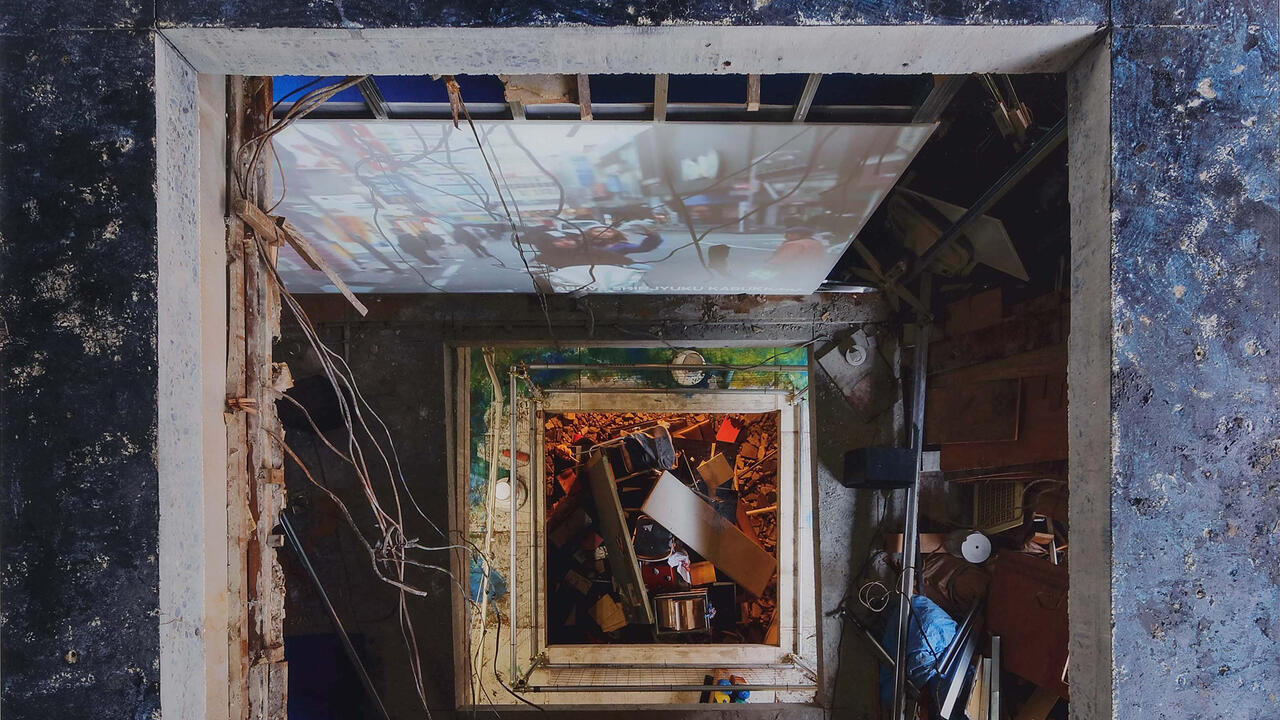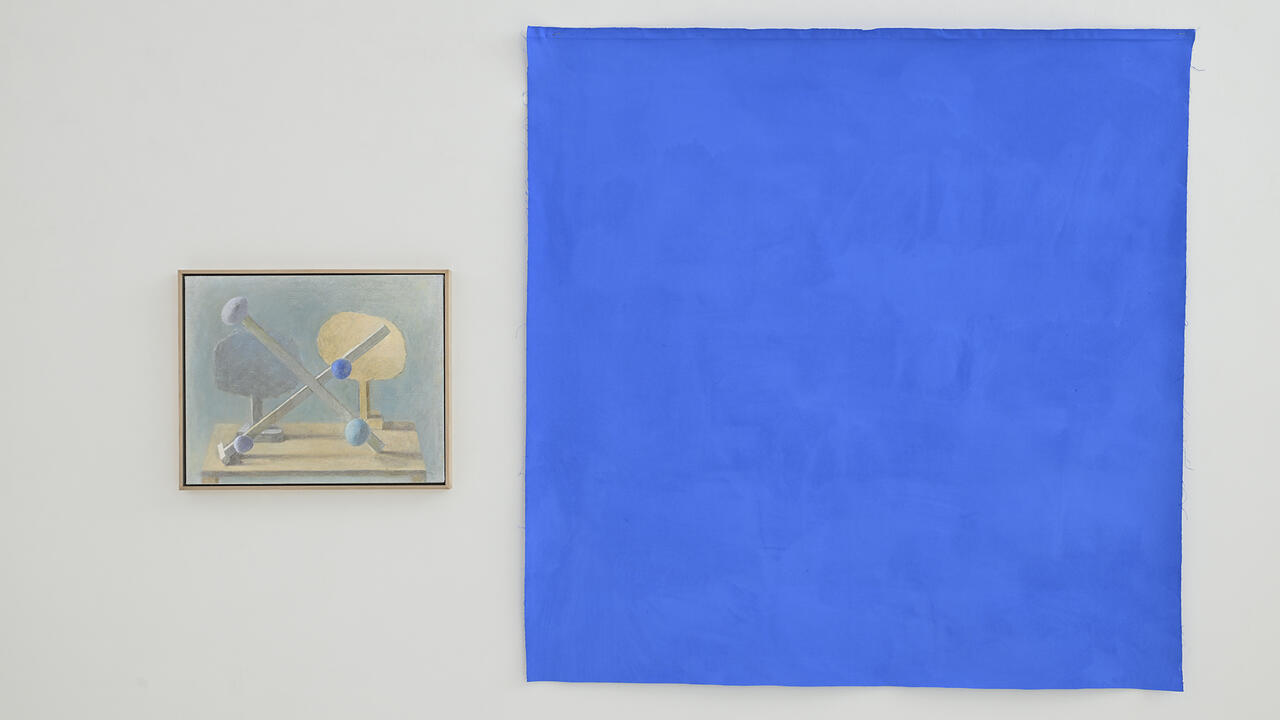J.B. Blunk
Blum & Poe, Tokyo, Japan
Blum & Poe, Tokyo, Japan

The late J.B. Blunk is best known as a mid-twentieth century US West Coast furniture maker, sculptor and self-styled architect. Along with earlier woodworker artisans including Wharton Esherick and Espenet Carpenter, he forms part of what has come retrospectively and somewhat loosely, to be considered a Californian modernist arts and crafts movement. Like Esherick and Carpenter, Blunk directed his woodworking skills toward the construction of his own home, between 1958 and 1962, in the woods in Marin County, California. From the mid-1960s to the mid-90s, he mainly produced furniture and sculptures from salvaged wood: large hulking forms in which surface that have been buffed and smoothed alternate with gnarled and knotty sections, left exposed as serendipitously occurring natural forms.

Less well known is the fact that Blunk was also a ceramicist. While studying the craft at UCLA in the late 1940s, he saw an international exhibition of ceramics that included traditional Japanese mingei (folk) pottery, which firmed his resolve to visit Japan. Stationed in Tokyo during the Korean War, in 1952, by chance, Blunk met Isamu Noguchi who introduced him to the acclaimed Japanese ceramicist Rosanjin Kitaoji, with whom he studied for several months alongside further tutelage with the Japanese master Toyo Kaneshige. The imprint of these accomplished potters is apparent in the ceramic objects that Blunk produced from the 1950s to the 1990s, which form a body of work currently on display at Blum & Poe in Toyko: Blunk’s first exhibition in Japan since 1954.

The objects are both utilitarian and decorative: ceramic plates, raised discs and tiny vessels that could equally act as serving dishes, trays and tea cups – or objects d’art, simply to view. The scale of the works, as mostly small, coax a sprightliness and lightness of touch that is missing in Blunk’s better-known hewn wood sculptures. Those pieces have a wilful boldness and monumentality and – akin to works by British sculptors Henry Moore and Barbara Hepworth – an imposing drama of positive and negative forms. This play of void and solid recurs his ceramics but, owing in part to the malleability of the clay, appears both more effortless and adroit. In (Untitled, c.1950) the edge of a circular ceramic tray has been sliced into, leaving nine irregularly shaped arms that splay from its centre, curling upwards at the tips like fallen autumn leaves. More playful asymmetry occurs in Untitled (c.1990), where three simple shapes have been excised from a freeform rectangle and a circle has been jauntily appended to one edge, exaggerating the object’s lopsidedness.

Japanese raked rock gardens (karesansui) are implicitly referred to in Untitled (c.1990) – a ceramic plate depicting the juncture between two sets of repeating concentric and horizontal lines. Like most of Blunk’s ceramics, this piece could alternately function as a small platter and a sculptural object, amenable to both horizontal and vertical placement.

Much of the delight of Blunk’s ceramics derives from the way in which he is able to draw from the elegant traditions of Bizen ware, Iga ware and raku and adapt these into something more ludic. An unglazed tube stretches between two circular bases to form an arc dotted with miniature roundels in Untitled (c.1985). Designed as a candleholder, the form is an object of whimsy: a childlike, bendy curve that exudes a comic air. Rosanjin once remarked, ‘What sublimities can be learned from even one superb teabowl! It is a great blessing indeed.’ Blunk’s ceramics attest to the truth of his teacher’s pronouncement, if we allow for a certain levity in our definition of the sublime.
Lead image: J.B. Blunk, Untitled, c. 1980, ceramic, 33 x 27 cm





















